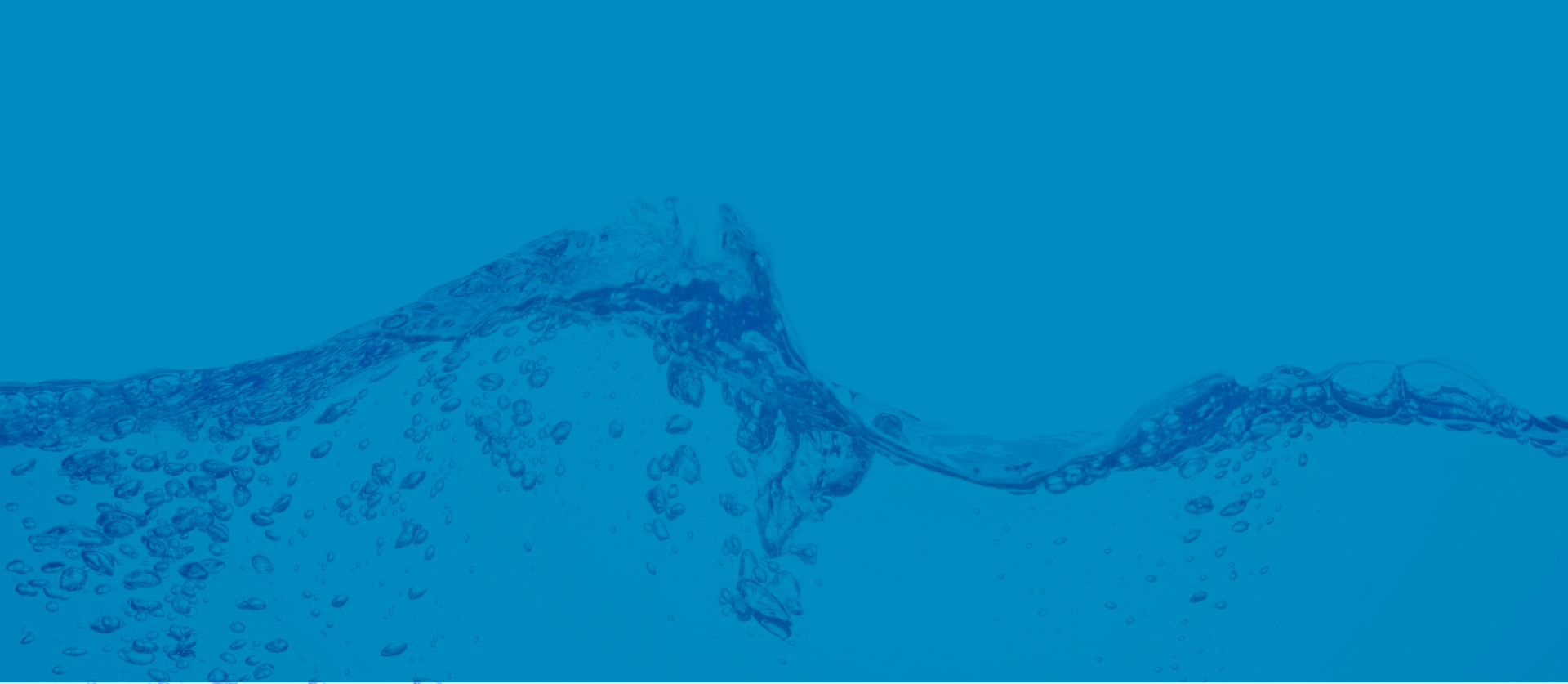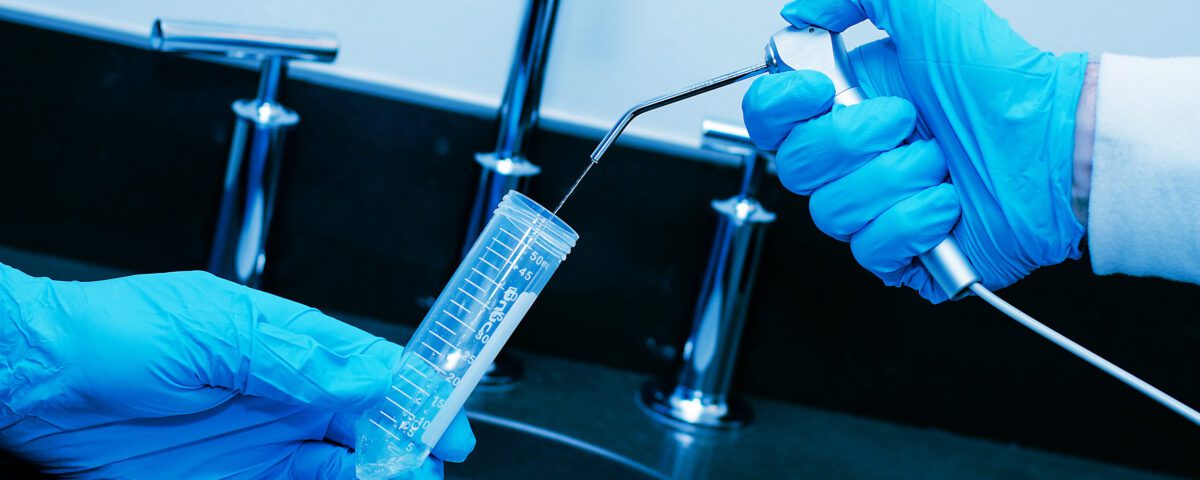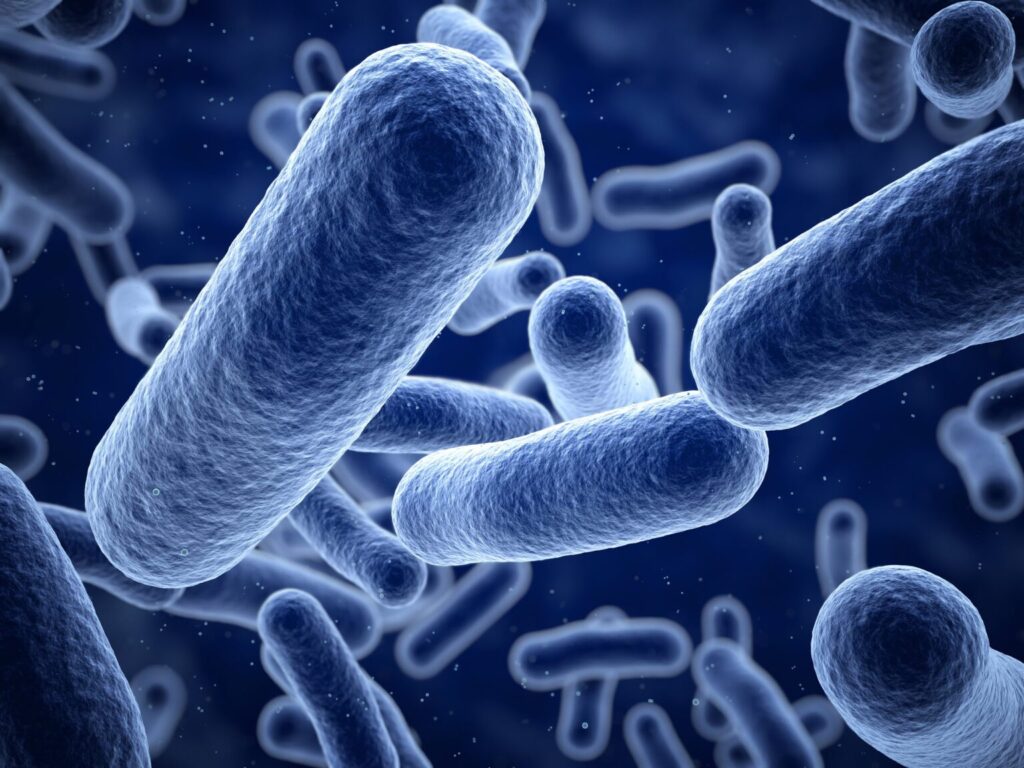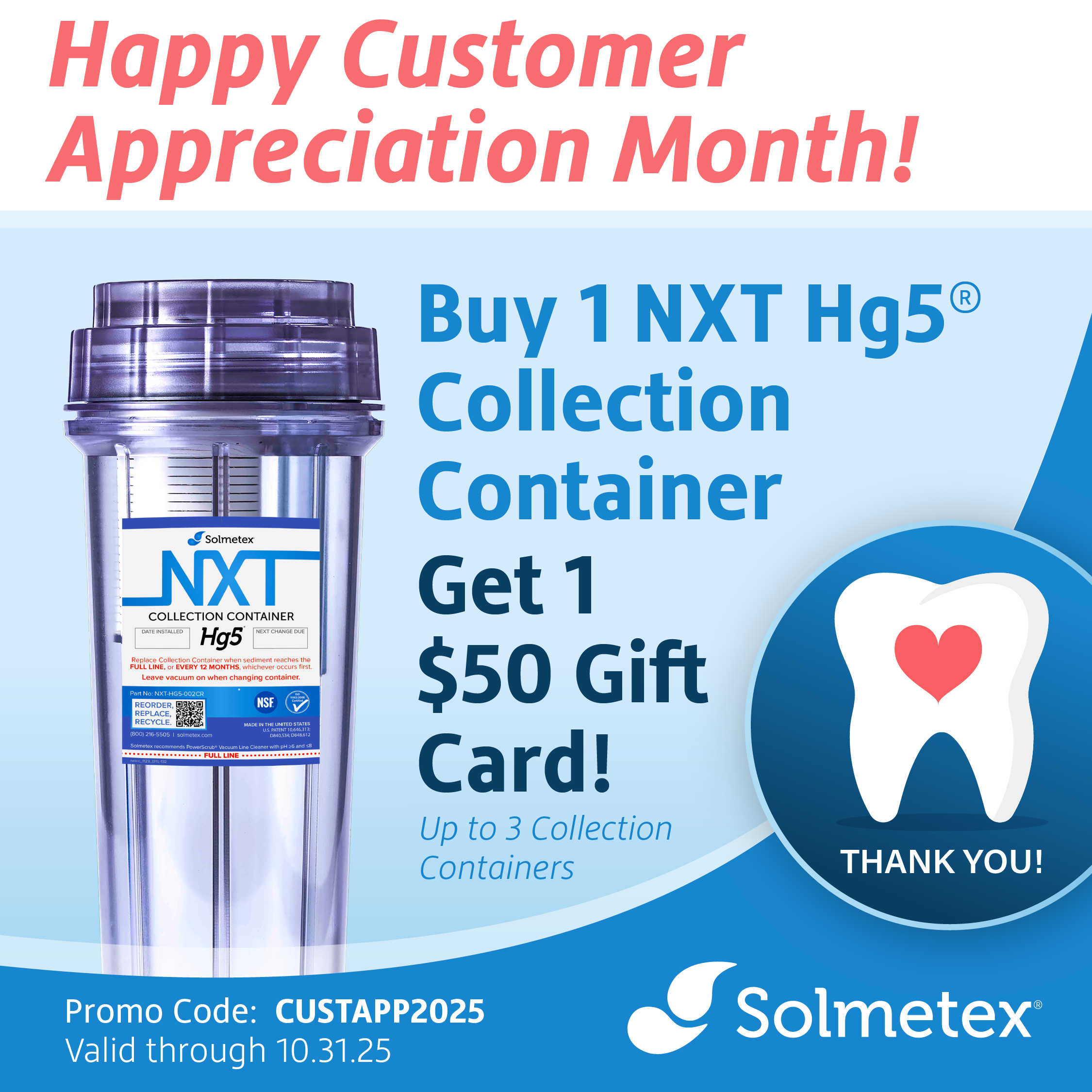Your cart is currently empty!

Dental Waterline Testing – A Crash Course in Commonly Accepted Methods

So, you’ve done your due diligence and implemented your waterline disinfection measures. You’ve become familiar with terms like biofilm, shock, or residual disinfectant, and you’re probably feeling pretty good about your dental unit waterlines (DUWL). Don’t get me wrong, you should feel good. But you might be missing the final step in the equation – bacteria testing. A bacteria test is the only way to truly know what the “bacterial load” is on your waterlines. It’s also the only way to know for sure that your infection control protocols are effective.

HPC Testing: Assessments You Will Literally Count On
Now that you’re ready to test, it’s important to know what you’re testing for and how to get a proper assessment. The American Dental Association accepted standard for bacterial load in a dental waterline is ≤500 CFU/ml HPC purity. HPC stands for Heterotrophic Plate Count, and it’s the standard metric by which we quantify the relevant bacterial content in a test sample. Though there are many different types and classifications of bacteria, carbon-sourced HPC is what we are concerned with when it comes to dental waterlines.
Bacteria Testing: Grow Your Understanding, Then Your Samples
Bacteria testing as it relates to dental waterlines is a tricky business. Getting an HPC assessment can be relatively easy, while at the same time being very difficult to quantify with absolute confidence. For lack of a better way to say it: take this with a grain of salt.
Bacteria are virtually impossible to eliminate completely, so most samples will contain some bacteria that can be grown in a test. As a dental health professional, your primary concern should be capturing an assessment of the bacterial load that your patients may be exposed to, hence the significance of the test method. Depending on your demand for relative accuracy, there are a few different test methods regularly employed in the dental setting.
Not All Methods are Created Equal
Bacteria tests applicable to the dental setting range from simple, in-office tests that can be performed by office staff with little to no lab equipment. Test results from an EPA-certified lab specializing in dental water testing, like DentiSafe, offer the most accurate and reliable assessment of dental water. They also offer coverage for liability that testing was performed to standard. The metrics from the test will give you a snapshot into what is going on in your waterlines and serve as the basis for any protocol adjustments going forward.

Bacteria Got You Feeling Dead in the Water? Grab Your FASTCheck15™ or Paddle and Get Moving!
Sterisil offers two testing methods as an acceptable first step in assessing your bacterial load: the Sterisil Paddle Test and FASTCheck15™. Both tests are performed in-office. FASTCheck15™ provides an easy-to-read pass/fail result in just 15 minutes, indicating whether your waterlines are above or below the 500 CFU/ml ADA standard. And the Sterisil Paddle Test provides a rough count of HPC bacteria in your lines in 7 days or less. These results are an indicator as to whether the infection control protocols need to be adjusted. Failure of an in-office test should be followed up with a course of shocking and retesting. If you are routinely failing an in-office assessment like FASTCheck15™ or a paddle test, a more in depth test performed by a 3rd party lab should be considered.
Lab Testing
The one and only 3rd party, EPA-certified lab for R2A plating is DentiSafe. Sterisil has partnered with DentiSafe to offer dental offices the peace of mind that their water test results are truly verified. The R2A mail-in test incubates plated samples at a low temperature for 5-7 days, capturing a comprehensive spectrum of pathogens in the process.
Regardless which method you choose, the importance of testing as part of your overall infection control protocol cannot be overstated. It is the only way to truly know what’s in your waterlines. Without it, you’re just guessing. Interpreting your results can be tricky. If you have questions about your water test results, you should contact your waterline disinfection specialist.

We support our Sterisil customers!
Sterisil customers also have the complete backing of our Technical Support team (800-216-5505 ext. 3004). Since waterlines are our sole focus, we can work with you and your team should you have questions about your test results.
Share this post:

Related Posts





